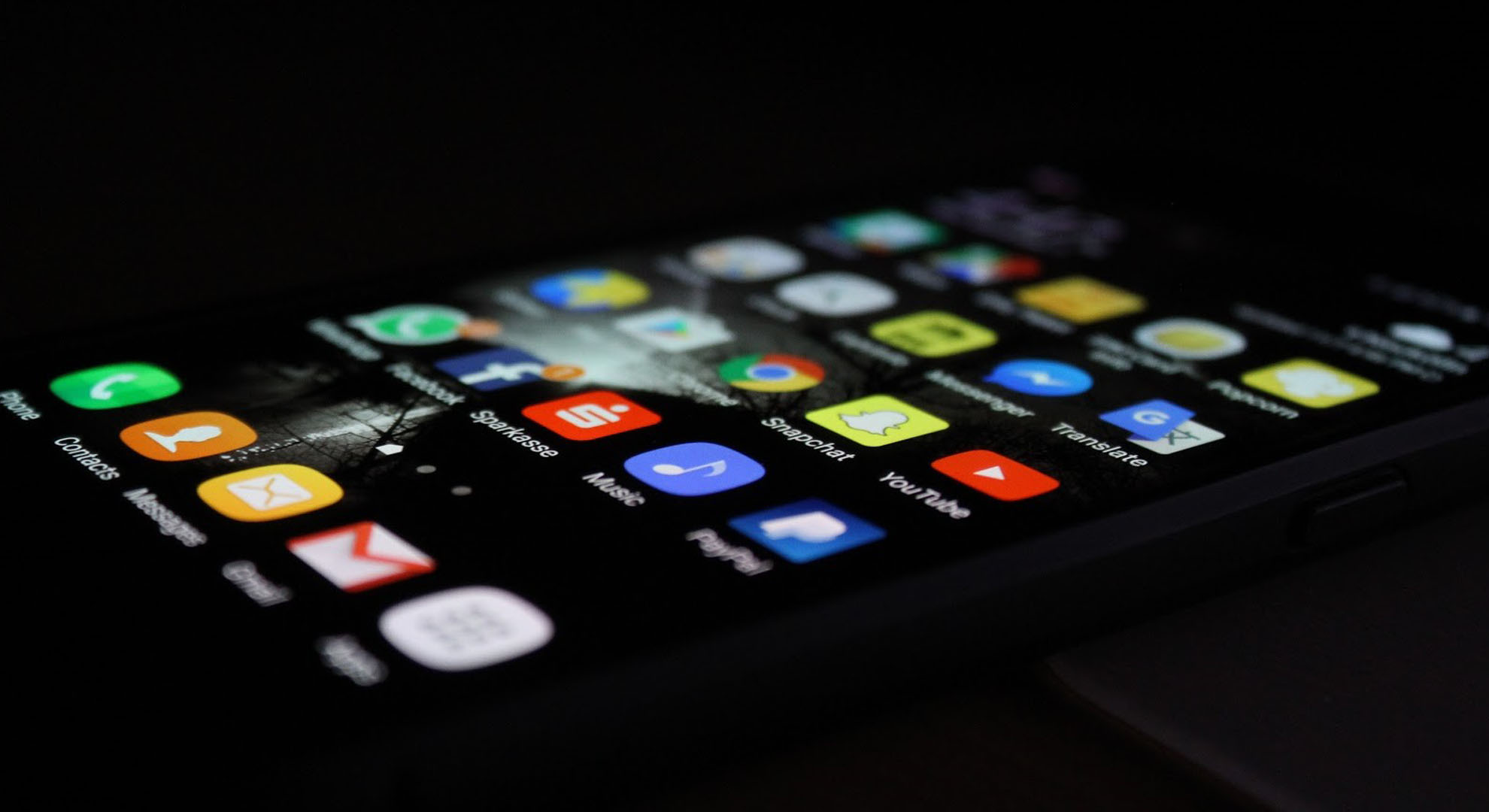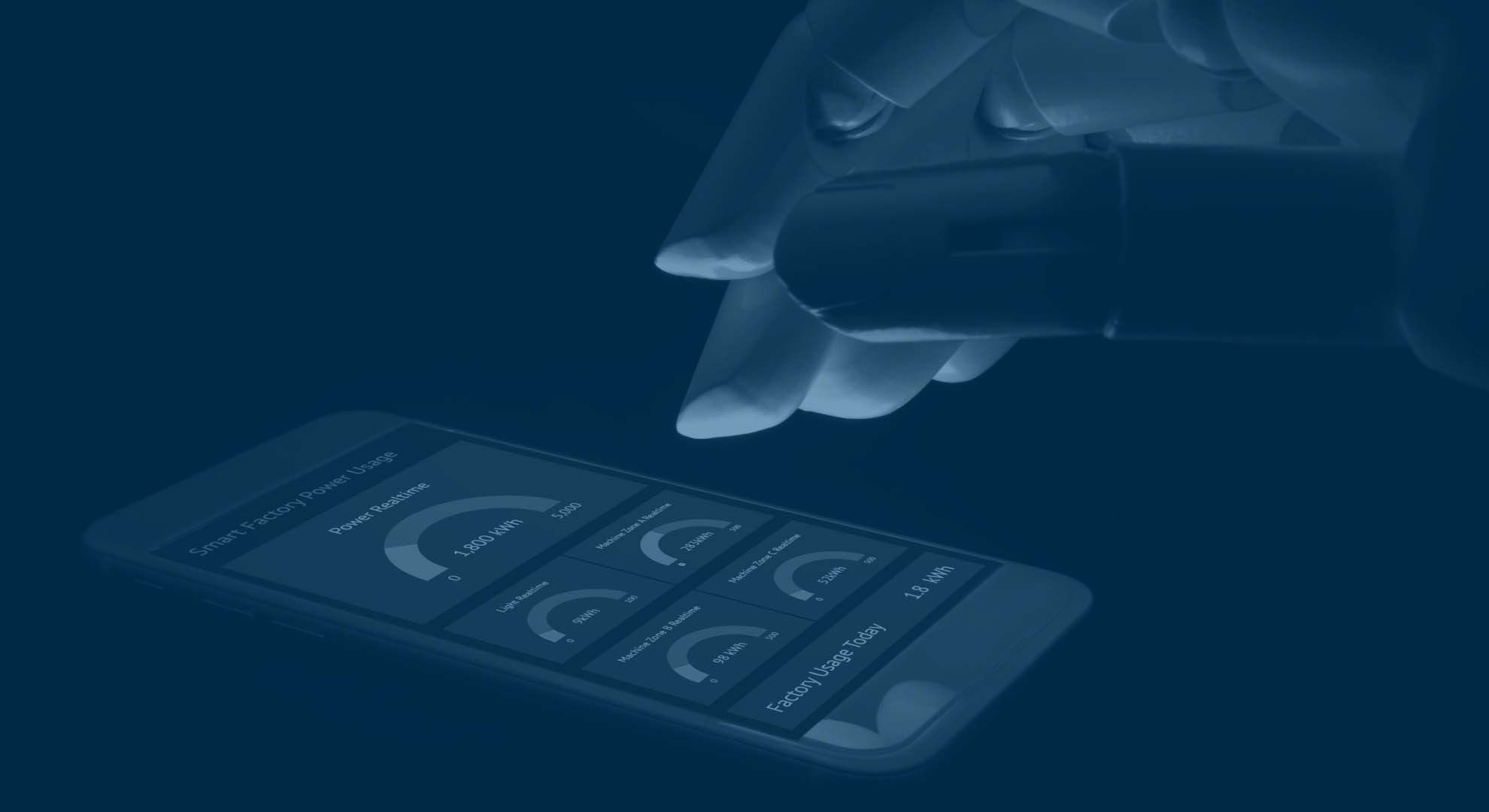Mobile apps for businesses have gained importance due to the convenience it offers to the customers. Developing a mobile app goes through several processes from brainstorming to prototyping and launch to growth.
You may have hired an MVP Development Company to develop the lean version of your product, launched it and tested it. Users responded positively to what you have developed and the things move forward. In the end, you successfully launched the final version of your mobile app with all the features integrated.
However, there is one thing that you might not have considered after the launch i.e. mobile app maintenance. After the app is launched, you have to monitor it frequently, adding new features, fix the bugs and update it to retain users. You can’t leave your app in the wilderness, because it can’t work on autopilot. Before we move further, let’s have a brief overview of different types of app maintenance.
Types of Mobile App Maintenance
- Emergency Maintenance: The problem arises in the mobile app abruptly which needs to be addressed immediately in order to offer seamless app experience.
- Perfective Maintenance: This type of maintenance is meant for making changes in the source code to offer new features and functionalities to address user requirements.
- Adaptive Maintenance: In adaptive maintenance, few changes are made in the application to keep the system updated with the adjustment in a working environment like operating system or hardware.
- Preventive Maintenance: It is meant to stop the occurrence of errors. Preventive maintenance includes code restructuring, code optimization, code restructuring and documentation updating.
- Corrective Maintenance: The corrective maintenance repairs the faults and defects in everyday application functions, including errors related to design, coding and application logic.
Reasons to go for Mobile App Maintenance
Whether you are running a commercial app or enterprise app, make sure to keep an eye on maintenance. Below we will discuss the reasons to go for mobile app maintenance. Let’s get started.
1. Save Your App from Being Abandoned on App Store
There are some rules and guidelines given by app stores to follow. They might change from time to time and developers have to be extra vigilant. Otherwise, the app might get blacklisted. Last year, Apple released iOS 11 with the advanced software upgrade requiring 32 bits app to 64-bit apps. The 32-bit apps were no longer supported by iPhone.
It is therefore important to keep an eye on major releases of the app store and upgrade the app accordingly. iOS and Android are updated from time to time with new features and APIs. Therefore, you must ensure that your app is compatible with them.
2. Avoiding Downtimes to Avoid Revenue Losses
Imagine if your app generates $1 million each day from the sale of products and suddenly it faces downtime. What would happen, if you don’t fix it immediately? Let’s imagine, if your app is down for straight seven days. It means you are facing a loss of $7 million in a week.
Downtime is a common thing nowadays that includes a website as well. Big brands like Blackberry, Bank of America Online Banking and Amazon Web Services have suffered a major revenue loss due to downtime. For instance, a company responsible for handling check-in and reservations of Virgin Airlines had to pay $20 million for downtime that lasted for 11 days.
If you are a startup or a small company, you might not be able to suffer such a loss. Make sure that your team is able to handle such situations and detect downtimes instantly. The issue must be fixed as soon as possible to avoid heavy loss in terms of revenue.
3. Securing Your Mobile App From Cyber Threats
Hackers are always in search of loopholes when it comes to the security of apps and website. No matter, how critically you address the encryption and security protocols of your app, with the passage of time it may get outdated.
Hackers can find new ways to steal personal and financial information of your organization. Regular app maintenance will help you protect your mobile app all the time. The developers must keep themselves updated with latest security protocols and save the app from cyber threats.
4. Get used to User Preferences
With the passage of time, user preferences changes and their behavior fluctuates. The evolution of technology at a rapid pace has led to such preferences. A recent study showed that app maintenance has played a vital role in generating more traffic and higher ratings from users.
Make sure that you address the problems users are facing. For instance, if your checkout method is not working properly or user experience is not up to the mark, get it fixed. Otherwise, they may find an alternative to your app. Keep user preferences your top priority.
5. Frequent App Monitoring Helps You Stay Competitive
Mobile app maintenance is not just a one-time task that once done needs no attention. In a competitive market, you need to monitor it frequently, especially if you don’t have sufficient resources to undergo maintenance work.
The app should be monitored frequently and must include all the types of maintenance mentioned previously. Keep your app bugs free and ensure seamless and efficient user experience without letting the users wait.
Conclusion
The mobile app maintenance needs thorough process and skillful team in order to keep it bug-free and updated. Don’t get your app abandoned by users or blacklisted by iOS or Android app store. If the users face glitches from every now and then, they might not be interested in installing the app. Moreover, they may rate you badly, impacting the overall reputation of your company.









Thank you for the fundamental article. Your key points are so impressed! I’ve found some interesting information here: https://mlsdev.com/blog/10-how-to-make-your-app-successful